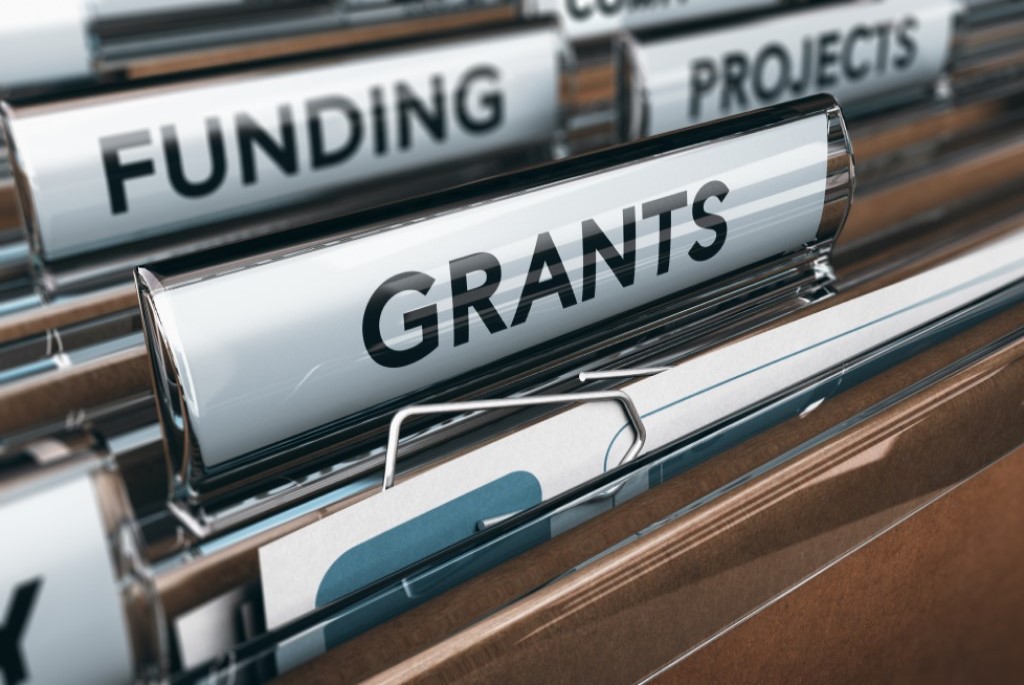Effective May 21, 2023, P&N has joined EisnerAmper. Read the full announcement here.

 The American Rescue Plan Act of 2021 (ARPA), which was signed into law on March 11, 2021, provides $1.9 trillion in funding focused on continued response to the economic devastation and public health crisis caused by the COVID-19 pandemic. The early childhood, elementary, secondary, and higher education funding available under the ARPA is layered on previously-enacted funding efforts to support educational institutions and early childhood development, including the Consolidated Appropriations Act of 2021 (CAA), the Coronavirus Aid, Relief, and Economic Security (CARES) Act, and the Families First Coronavirus Response Act (FFCRA).
The American Rescue Plan Act of 2021 (ARPA), which was signed into law on March 11, 2021, provides $1.9 trillion in funding focused on continued response to the economic devastation and public health crisis caused by the COVID-19 pandemic. The early childhood, elementary, secondary, and higher education funding available under the ARPA is layered on previously-enacted funding efforts to support educational institutions and early childhood development, including the Consolidated Appropriations Act of 2021 (CAA), the Coronavirus Aid, Relief, and Economic Security (CARES) Act, and the Families First Coronavirus Response Act (FFCRA).
Jump to:
ARPA funding for educational institutions
The Act includes significant funding for educational institutions, including elementary and secondary education and higher education. The following outlines the major funding categories and approved uses of funding, which will remain available through September 30, 2023:
States must comply with maintenance of effort and maintenance of equity requirements.
Elementary and secondary school education
- $122.7 billion for elementary and secondary school education through the Elementary and Secondary School Emergency Relief (ESSER) fund, including:
- $800 million specifically focused on providing homeless children and youth wrap-around services and assistance to allow for full participation in school activities; and
- $121.9 billion to be allocated to each state educational agency in the same proportion that each state receives under Title I-A of the Elementary and Secondary Education Act of 1965 (ESEA).
States are required to allocate no less than 90% of the $121.9 billion as sub-grants to local educational agencies (LEAs) within 60 days after receipt of funds by the state. As a condition of receiving funding, states must comply with maintenance of effort and maintenance of equity requirements.
Specifically, in order to show maintenance of effort, a state must maintain support for elementary and secondary education and higher education in each of fiscal years 2022 and 2023 in proportion to such state’s support for elementary and secondary education and higher education relative to overall spending averaged over fiscal years 2017, 2018, 2019.
The maintenance of equity requirement may be waived by the Secretary of Education. This requirement applies to the state and LEAs. The maintenance of equity requirement conditions ESSER funding on maintaining funding in designated high-need and high-poverty LEAs and schools for fiscal years 2022 and 2023.
Local educational agencies (LEAs) may use ESSER funding for the following purposes:
- At least 20% of total funding must be reserved to address learning loss through the implementation of evidence-based interventions (i.e., summer learning or summer enrichment, extended day, comprehensive afterschool programs, or extended school year programs), ensuring that interventions respond to students’ academic, social, and emotional needs and address disproportionate impacts of the coronavirus on different student populations.
- Remaining funds may be used for any of the following:
- Activities authorized by the Elementary and Secondary Education Act of 1965, the Individuals with Disabilities Education Act, the Adult Education and Family Literacy Act, or the Carl D. Perkins Career and Technical Education Act of 2006.
- Coordinating preparedness and response efforts between educational agencies and public health departments;
- Assisting the needs of certain student populations, including low-income, disabled, minority, homeless, and foster care;
- Developing and implementing procedures and systems to improve preparedness and response efforts of LEAs;
- Training and professional development of LEA staff on sanitation and disease spread;
- Purchasing supplies to sanitize and clean LEA facilities and buildings operated by agencies;
- Planning for and implementing long-term closure activities, including providing meals, technology for distance learning, etc.
- Purchasing educational technology that aids in interaction between student and teachers;
- Providing mental health services and support;
- Planning and implementing activities related to summer learning;
- Addressing learning loss among students;
- Performing school facility repair sand improvements to limit transmission and exposure to environment health hazards;
- Improving indoor air quality in schools; and
- Developing strategies around reopening and operating schools.
Nonpublic schools
- $2.75 billion for states under the Emergency Assistance to Non-Public School Program.
Special education
- $3 billion for special education for fiscal year 2021.
Other funding
- $850 million for support to outlying areas.
- Additional funding for historically black colleges and universities, tribal colleges, and minority-serving institutions.
Higher education
- $39.6 billion for institutions of higher education through the Higher Education Emergency Relief Fund (HEERF) to be used in in accordance with the terms and conditions of Section 314 of the CARES Act. A portion of these funds shall be used to:
- Implement evidence-based practices to monitor and suppress coronavirus in accordance with public health guidelines;
- Conduct outreach to financial aid applicants about available financial aid adjustments in certain circumstances, including unemployment of a family member; and
- Provide emergency financial aid grants to students.
ARPA funding for early childhood development
The ARPA includes funding for early childhood development, with the following funding focused specifically on education:
- $39 billion for Child Care and Development Block Grants (CCDBG) to remain available through September 30, 2021. This funding is focused on providing child care services to eligible individuals (health care sector employees, emergency responders, sanitation workers, and other essential workers) and stabilization through sub-grants to eligible child care providers.
- Child care providers may use sub-grant funds for the following, including reimbursing costs for goods and services expended or obligated prior to ARPA’s effective date:
- Personnel costs, including payroll and salaries and employee benefits;
- Personal protective equipment, cleaning and sanitization supplies or services, training and professional development related to health and safety practices;
- Purchases of or updates to equipment and supplies to respond to the COVID-19 public health emergency;
- Goods and services necessary to maintain or resume child care services; and
- Mental health support for children and employees.
- $1 billion for Head Start to remain available through September 30, 2022.
- Child care providers may use sub-grant funds for the following, including reimbursing costs for goods and services expended or obligated prior to ARPA’s effective date:
Impact to Louisiana’s educational and child care landscape
It is anticipated that based on allocation frameworks, Louisiana will receive the following approximate amounts in ARPA funding:
- $773 million for early care and education - Child Care and Development Fund;
- $2.6 billion for K-12 public education - Elementary and Secondary School Emergency Relief (ESSER) Fund;
- $55.7 million for private primary and secondary schools - Emergency Assistance to Nonpublic Schools;
- $644 million for higher education; and
- $8.3 million in assistance to for-profit vocational schools.
Additional information
While this article provides an overview of funding for educational institutions, the American Rescue Plan Act is a complex relief package. P&N’s dedicated professionals are committed to helping our clients understand, leverage, and administer the available funding. Please contact us or connect with your P&N advisor to discuss your organization’s questions, concerns, and unique situation.



